The Pentagon, an iconic symbol of American military power, has a rich history filled with intriguing facts. Its unique design and strategic importance make it a fascinating subject.
Explore the various aspects of this architectural marvel and its role in shaping military strategy over the years.
1. Construction Speed
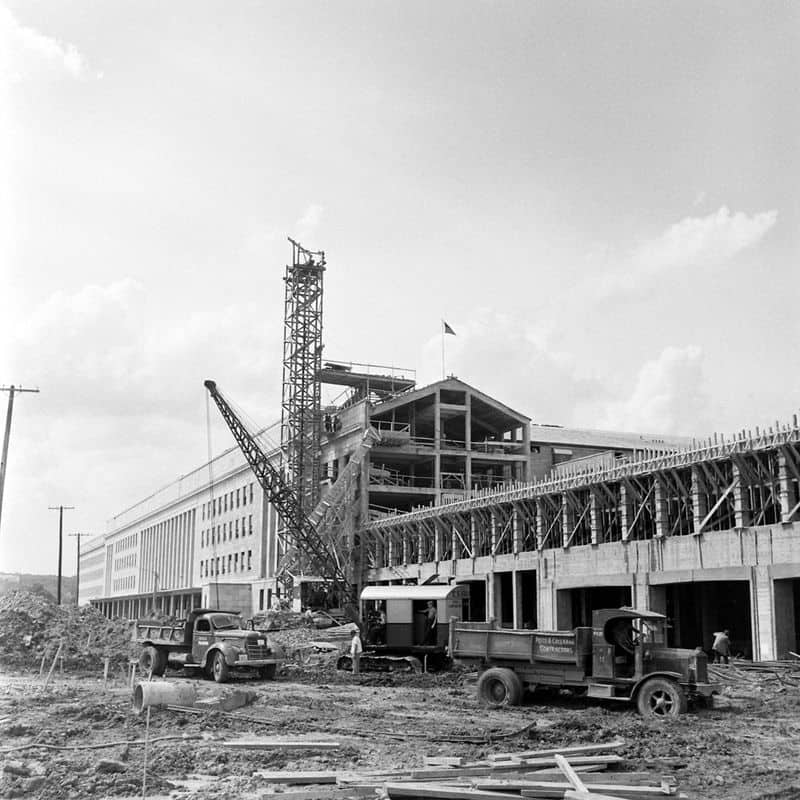
The Pentagon was built in record time, with construction beginning on September 11, 1941. Completed in just 16 months, this swift pace was crucial due to the looming threat of World War II.
The rapid construction involved thousands of workers, demonstrating remarkable efficiency and dedication, resulting in an architectural marvel.
2. Unique Design
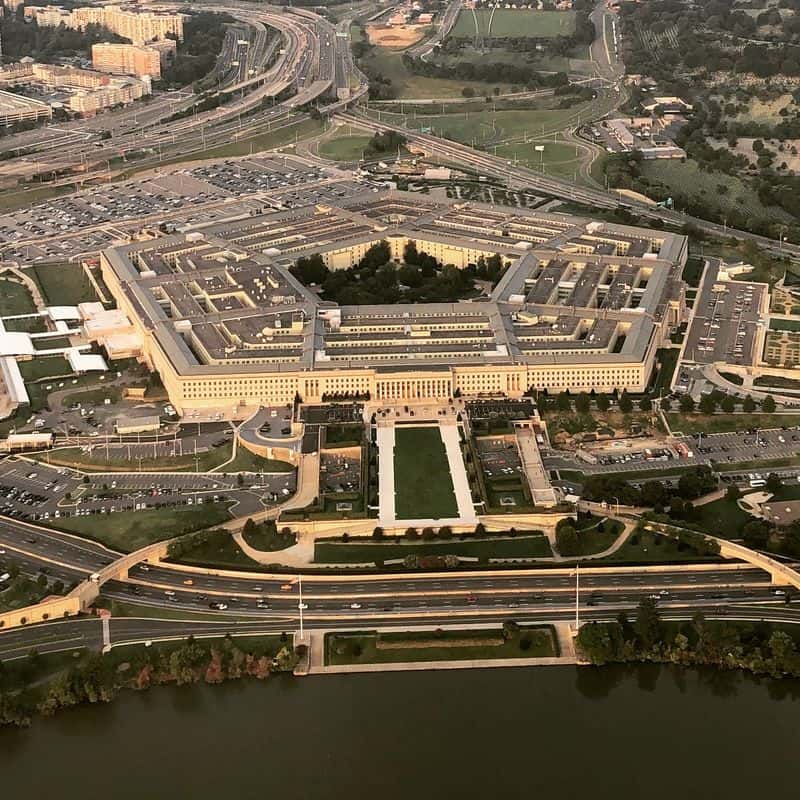
The Pentagon’s unique five-sided design is not only distinctive but was initially intended to fit a peculiar plot of land. It features five floors and concentric rings, minimizing walking distances.
This innovative design has become a symbol of military strength and operational efficiency, reflecting thoughtful architectural planning.
3. Largest Office Building
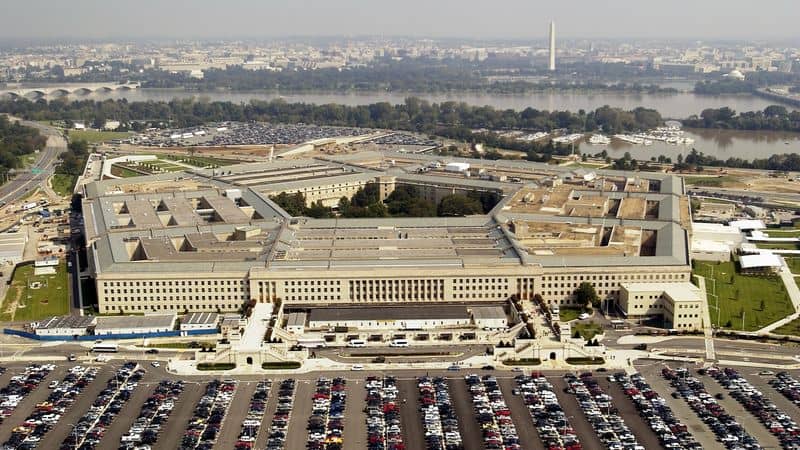
With 6.5 million square feet of space, the Pentagon is the world’s largest office building. It houses around 26,000 military and civilian personnel daily.
The vast workspaces facilitate critical planning and coordination, underscoring their role as a central hub for U.S. defense operations and strategic initiatives.
4. Historic Events
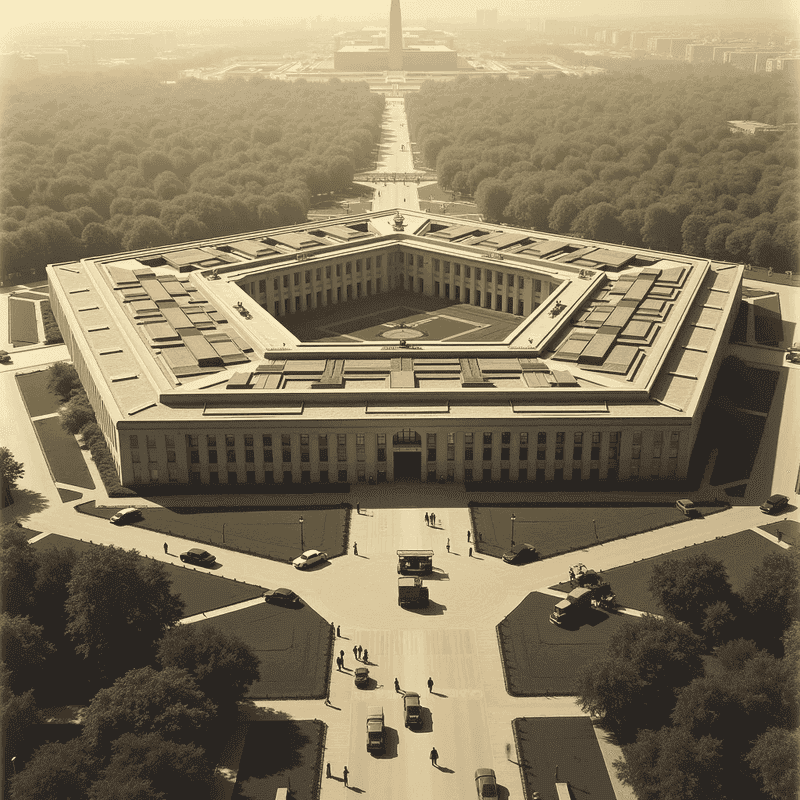
The Pentagon has witnessed pivotal moments in history, including its role during World War II and in the wake of the 9/11 attacks.
It stands as a testament to resilience and adaptability, evolving to meet the changing needs of national defense while preserving its historical significance.
5. Pentagon Memorial
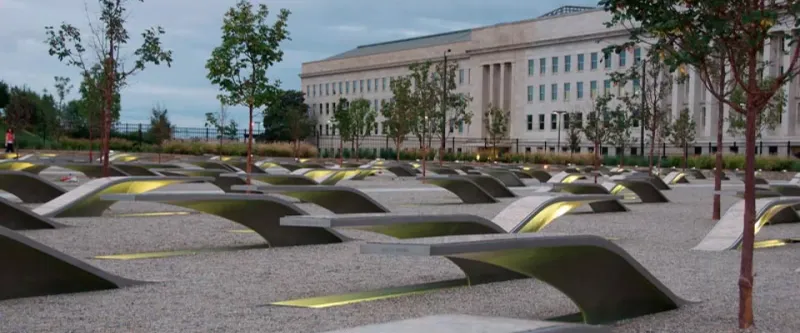
The Pentagon Memorial honors the 184 lives lost during the 9/11 attacks. Each illuminated bench represents a victim, creating a poignant space for reflection.
This memorial underscores the enduring impact of that tragic day, offering a solemn reminder of the need for peace and vigilance.
6. Secret Tunnels
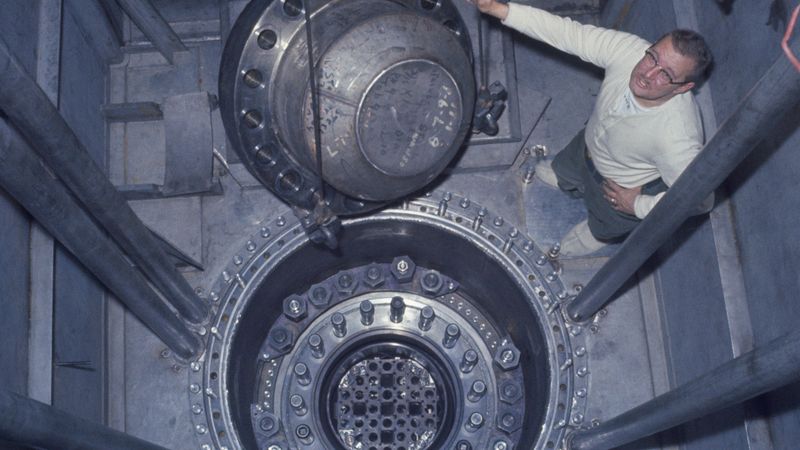
Beneath the Pentagon lies a network of secret tunnels, designed for secure and rapid movement. Although details remain classified, these tunnels have fueled intrigue and speculation.
They represent the Pentagon’s strategic foresight, ensuring operational security and flexibility during times of crisis or conflict.
7. Environmental Design
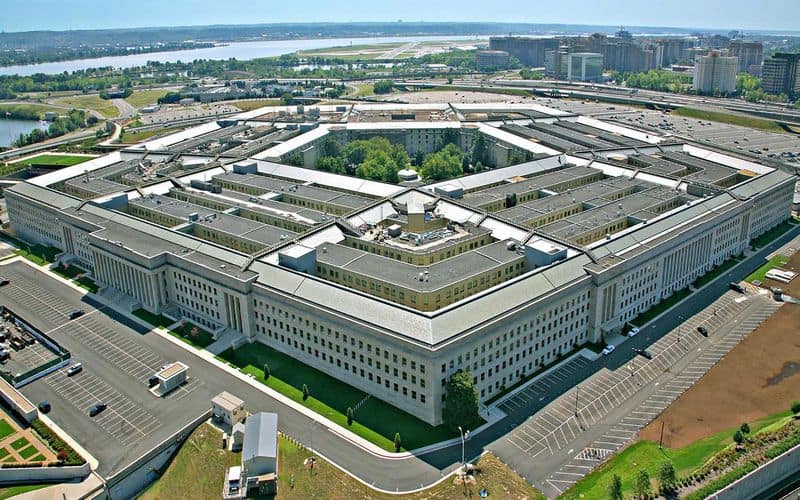
Sustainable design was integral to the Pentagon’s construction, with features like open courtyards and water bodies to reduce energy use.
These eco-friendly elements highlight a commitment to environmental consciousness, setting an example for large-scale buildings while balancing functionality with sustainability.
8. Renovation Project
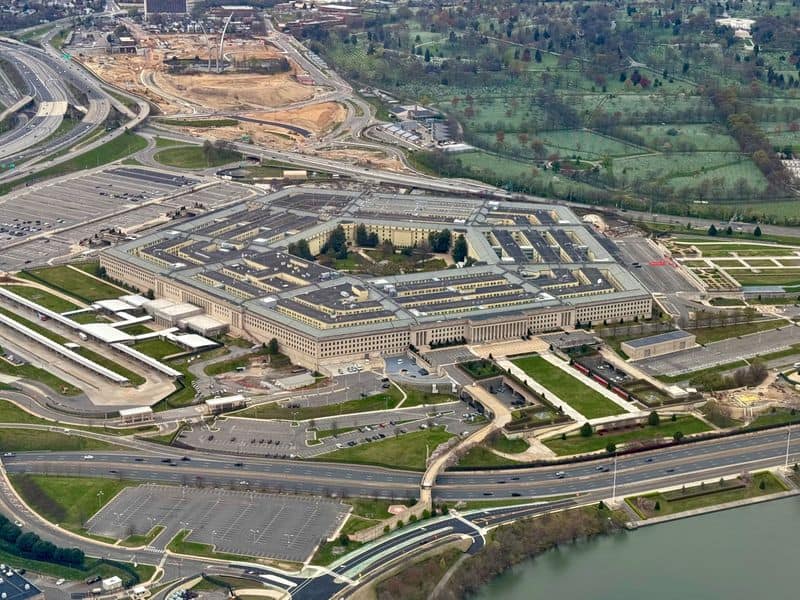
The Pentagon underwent a major renovation, known as the Pentagon Renovation Program, from the 1990s until 2011.
This project modernized the infrastructure, enhancing security and efficiency. It reflects an ongoing commitment to maintaining the building’s relevance and operational readiness in a dynamic world.
9. Art and Culture

The Pentagon houses various artworks and cultural exhibits, reflecting its storied history. These pieces celebrate military achievements and the diverse cultures within the armed forces.
They provide an enriching environment for personnel, fostering a deeper appreciation of the military’s heritage and contributions.
10. Strategic Location
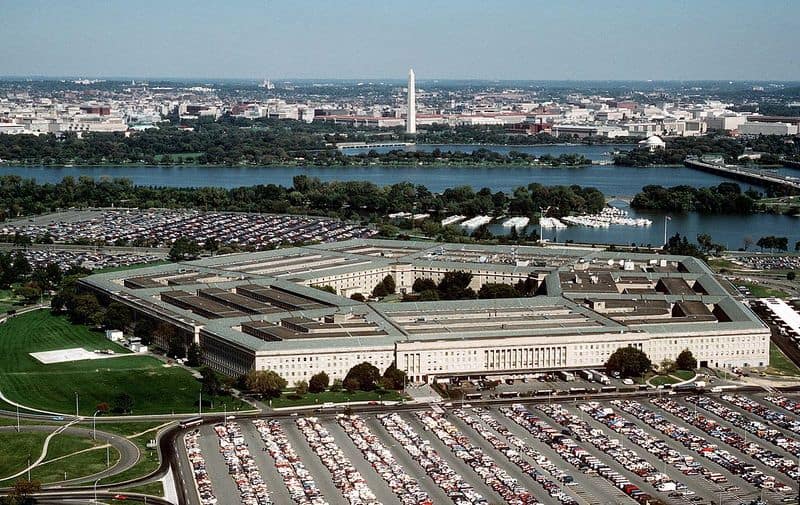
Located in Arlington, Virginia, the Pentagon’s strategic site near Washington, D.C., allows direct coordination with key government agencies.
This proximity facilitates seamless communication and collaboration, ensuring swift decision-making processes vital for national security and defense strategies.

